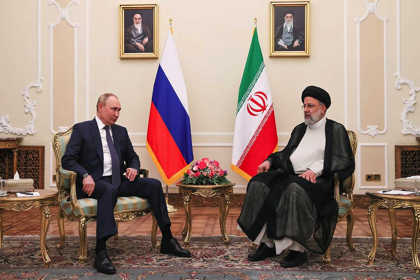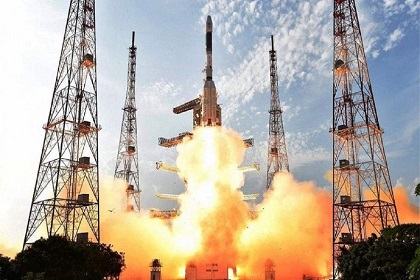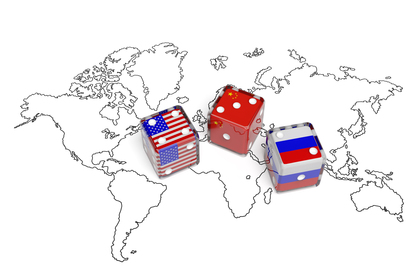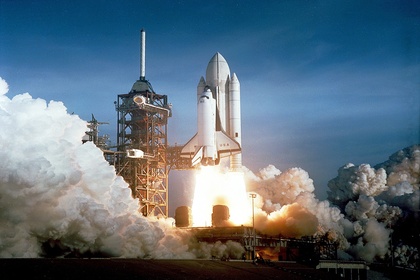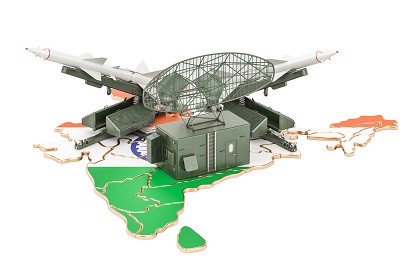What the China-India readouts mean
Chinese Foreign Minister Wang Yi’s visit to India comes after three years, and the outcomes from it throw up interesting issues. Three read-outs issued from this visit. One from the Chinese side and two from the Indian side. The diverse nature of the India and Chinese read-outs is striking. Certainly the visit yielded benefits; the test lies in the deliverables.



